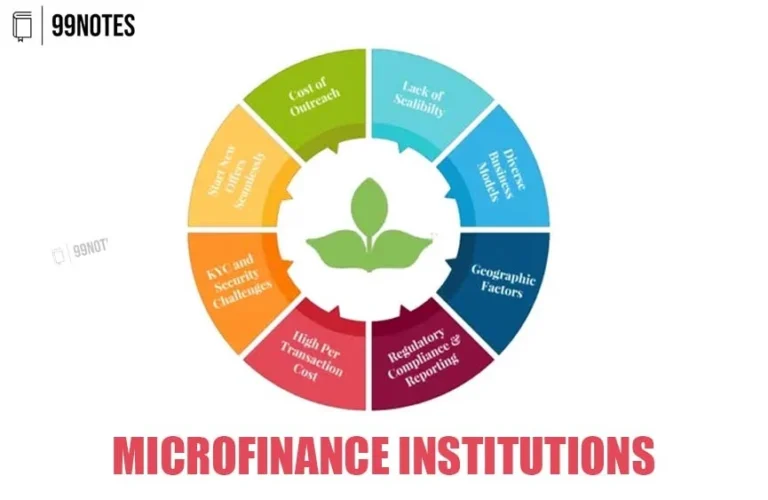Agriculture Marketing
| Constitutional Provisions on Agriculture |
List II:
List III:
|
Mechanism of Agricultural Markets
Agricultural Produce Marketing Committee (APMC):
In the 1960s & ’70s, problems of local money lenders extorting high amounts of food grains as interest from the farmer, at throwaway prices, were common.
- Thus most states enforced Agricultural Produce Markets Regulation (APMR) Acts, bringing all primary wholesale assembling markets under its ambit.
- Well-laid-out market yards and sub-yards(Mandis) were constructed and, for each market area(often including several villages), an APMC was constituted to frame the rules and enforce them.
The State is divided into several market areas, each of which is administered by a separate APMC, which imposes its own marketing regulations (including fees).
Advantages of regulated Agricultural Markets:
- Checks inflation: It keeps the prices of food for the consumers and agro-raw materials for the industry in check.
- Prevent exploitation: It ensures that farmers are not exploited by intermediaries (or money lenders) who compel farmers to sell their produce at the farm gate for an extremely low price.
- Transparency: All food produce should first be brought to a market yard and then sold through an open auction.
- Supports PDS: It acts as a hub for procurement by central/state agencies.
For a long time, this system has ensured that the farmers get equitable access to a readily available market for their farm produce.
However, in recent years the APMC system has created a regulatory bottleneck.
Disadvantages – in the development of open markets:
- High Incidence of Market Charges: APMCs are authorized to collect
- A market fee between 0.50% to 2.0% of the sale value of the produce.
- Commission charges: from 1 to 2.5% cent in food grains and 4 to 8% in fruits and vegetables.
- Other charges: purchase tax, weighing charges and hamal charges are also paid.
In some States, this works out to total charges of about 15% which is excessive.
- Creates multiple markets; Different charges vary not only from state to state but also from mandi to mandi.
- Limited selling options to farmers: The present system hinders the open market. There is no national level regulation and the existing regulation does not provide for a barrier-free market in the country.
- Licensing barriers: The compulsory requirement of owning a shop/godown for licensing of commission agents/traders in the regulated markets has led to the monopoly of these licensed traders and is a major entry barrier for new entrepreneurs, preventing competition. This also creates a problem of Commission agent cartelization.
- Lack of Marketing Infra: Limited shops/warehouses, cold storage (in less than 1/10th of markets) and grading facilities(in less than 1/3rd mandis).
- Price escalation of Commodities: Due to long supply chains and high mandi charges.
- Creates information asymmetry between buyers and sellers, since all purchases are done through a commission agent.
- Uneconomical transportation to Mandis: Small farmers don’t find it economical to take their harvests to mandis. They sell their crops at farm-gate.
Improving APMC Mandis:
The existing APMC system is not worthless: They play an important role in the:
- Price discovery: essential for agricultural trade & production choices.
- Familiarity with the system: Most farmers are familiar with the functioning of mandis and see it as an essential part of agricultural trade despite shortcomings.
- Middlemen facilitate trade: He is a part of the larger ecosystem of agricultural trade, with deep links between farmers and traders. Through Middlemen, farmers can reach a larger section of Traders.
And therefore, the system should be preserved.
Diversification of Agricultural Market:
- Moving away from Open procurement: The government is already exploring Price deficiency schemes and private procurement through PM AASHA. The government is also trying to move away from the system of indirect subsidies to direct Farm support schemes such as PM KISAN.
- Promoting Export: Trade policies must be favourable to India is a net exporter of rice and sugar. However, we must diversify to other high-margin products.
- Build more mandis: as recommended by the Ashok Dalwai Committee. In a country of 2.5 Lakh Panchayats, there are only around 7000 wholesale Mandis. The National Commission on Agriculture (NCA) had recommended that every Indian farmer should be able to reach a mandi in one hour by cart. This means a mandi was to be created every 80 km2.
- For this, the number of mandis was to increase to at least 41,000.
- But there were only 6,630 mandis in 2019 with an average area served of 463km2.
- Ashok Dalwai Committee had recommended that the country needs: about 10,000 wholesale and 20,000 rural retail markets to achieve the desired market density and network them into a pan-India system.
- Clearing bottlenecks in the creation of new Mandis:
- According to the Model APMC Act, 2017 private players, cold storage operators too are considered as mandis.
- Reducing Charges in Mandis: Model Agriculture Produce and Livestock Marketing (Promotion and Facilitation) Act, 2020 (one of the farm acts) forced the reduction of charges.
- Allowing local markets to act as Mandis – For example, in the case of Gramin Agricultural Markets.
|
Gramin Agricultural Markets (GrAMs) |
The 2018 Budget announced that 22,000 rural haats would be developed into GrAMs to take care of the interests of more than 86% of small and marginal farmers.
|
- Reducing Information Asymmetry: This would enable the farmers to know about the prices across India and have better market intelligence. For this e-technologies, i.e. technologies that rely on Information and communication technology are essential.
A greater role for food processing companies: A greater role for Farmer-run organisations that are well managed. We need more FPOs and cooperative societies.
FAQs related to Agriculture Marketing






